Europe, as an ITU region, spans from the Atlantic coasts of Portugal to the Ukrainian steppe. Home to diverse cultures, languages, and histories, Europe has been a center of global influence for centuries. The region boasts some of the world's most advanced economies, with a high standard of living and robust infrastructures. Europe's telecommunications industry is characterised by its high internet penetration rates, advanced technologies, and regulatory frameworks that prioritise data privacy and cybersecurity.
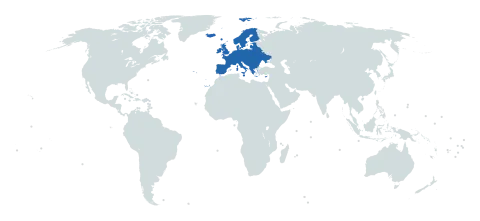
4G Coverage & Internet Use (% of Population)
Top Ten 4G Bands
Countries
The are 49 countries in this region.
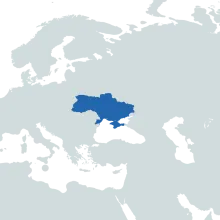
Ukraine, the largest country in Europe excluding Russia, is characterised by its diverse geography from flat planes in the east to mountainous regions in the west. Its population of 43 million is unevenly distributed with denser populations in the east and west, and less in the central regions. The capital city, Kyiv, is a significant technological hub with a highly developed telecommunications ...
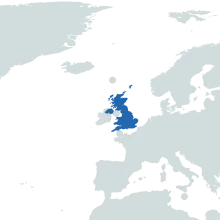
The United Kingdom (UK), encompassing England, Scotland, Wales and Northern Ireland, is geographically compact, which facilitates the widespread access to telecommunications and technology services. The UK has a population of approximately 67 million, heavily concentrated in urban areas such as London, Birmingham, Manchester, and Glasgow. This dense urban population distribution has driven the ...
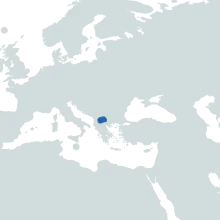
North Macedonia is a landlocked Balkan nation that shares borders with Greece, Serbia, Albania, Bulgaria, and Kosovo. The country has a mixed terrain of mountains and valleys, with a population of approximately two million, largely concentrated in urban areas like the capital, Skopje. The telecom sector in Macedonia is highly developed with widespread 4G coverage and burgeoning 5G trials, offering ...
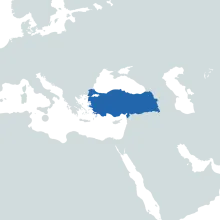
Located at the crossroads of Europe and Asia, Türkiye (Turkey) is a diverse geographic region characterised by plateaus, mountains, and coastal plains, which present unique challenges and opportunities in the area of technology and telecommunications. Istanbul, Türkiye's largest city, and Ankara, its capital, are major urban centres and the hub of technological advancement, with other significant ...
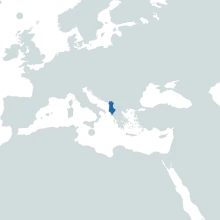
Albania, a Southeastern European country with mountainous terrain and large rural populations, presents unique challenges in the telecommunications sphere. The country's geographical layout, with its highly dispersed population and difficult terrains, poses substantial obstacles to developing an encompassing and efficient telecommunications network. However, significant strides have been made in ...
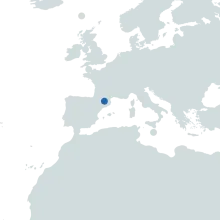
Andorra, a small mountainous nation located between France and Spain, covers an area of just 468 square kilometres. Despite a population of roughly 80,000 people and significant geographical challenges due to its topography, Andorra has developed a robust telecommunications infrastructure. Andorra Telecom, the sole operator, has mitigated these difficulties by maximising fibre optic networks to ...

Armenia's telecommunications landscape, despite the country's complex topography and population distribution, has demonstrated remarkable growth and resilience. With a populace primarily concentrated in the capital, Yerevan, and challenging geographical features such as the arid Ararat Valley and rugged highlands, the implementation of a sturdy telecommunications network has been a significant ...

Austria, one of Europe's landlocked countries, has navigated a mix of physical and demographic obstacles to develop a robust technology scene. With a population scattered across urban centres and mountainous regions, the nation has overcome geographical challenges to deliver widespread mobile and broadband coverage. Alpine terrain and rural expanses have pushed Austria to innovate, leading to a ...
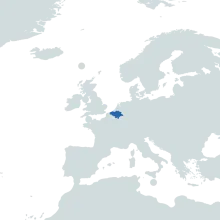
Belgium, despite its small size and dense population, is a prominent player in the European technology and telecommunications sectors. Automation, particularly in the manufacturing and logistics sectors, is progressively embraced, supported by the country's extensive railway and port networks. The telecommunications landscape is shaped by factors such as a highly decentralised political structure ...

Bosnia & Herzegovina, situated in rugged terrain with sprawling mountain ranges and isolated rural areas, faces notable geographical challenges for technology and telecommunications. The country's population distribution, centred around urban areas like Sarajevo and Tuzla, adds to the complexity. Despite these challenges, Bosnia & Herzegovina has demonstrated remarkable progress in its digital ...
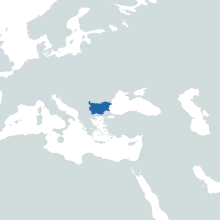
Bulgaria, situated in Southeast Europe, is characterised by diverse geography from mountainous terrains in the southwest to the lowlands and plains in the northeast, which can pose some challenges for the distribution of technologies and telecommunications infrastructure across the country. With a population of around seven million, Bulgaria's significant urban centres include Sofia, Plovdiv, and ...

Croatia, a Central European country with a population of just under 4 million, is marked by a diverse geography that includes a lengthy Adriatic coastline, numerous islands, and hilly interior regions. This geographic variability influences the distribution of its population, which tends to be concentrated in the capital city of Zagreb and coastal towns, while the interior and islands are sparsely ...
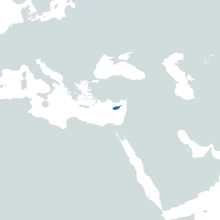
Cyprus, located in the Eastern Mediterranean Sea, is one of the largest islands in the region with a population of approximately 1.2 million people. Its population is predominantly distributed in major cities such as Nicosia, Limassol, Larnaca, and Paphos. The island's topography is marked by two mountain ranges, the Troodos Mountains and the Kyrenia Range, separated by the Mesaoria plain. This ...

Czechia, a landlocked country based in Central Europe, possesses a diverse topography with a mix of mountains, hills, and lowlands, which may pose challenges in the implementation of certain technologies and telecommunications infrastructures. The population of approximately 10.5 million is unevenly distributed, with higher densities in the capital city of Prague and other urban areas, while rural ...

Denmark, a Scandinavian country comprising of a peninsula and hundreds of islands, is renowned for its cutting-edge technology and telecommunications sector. The country's geography, with a predominantly flat terrain and coastal areas, provides a conducive environment for technological infrastructure and renewable energy solutions. Given its relatively small population of about 5.8 million people ...